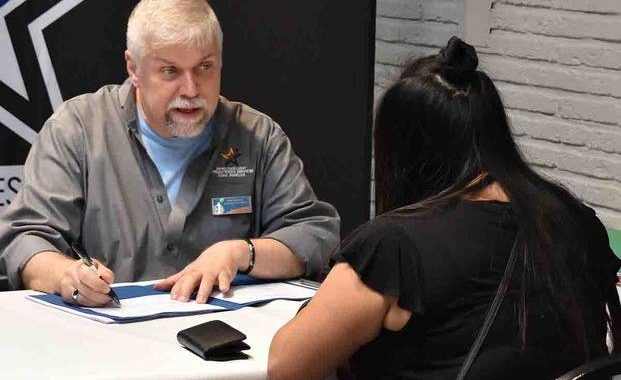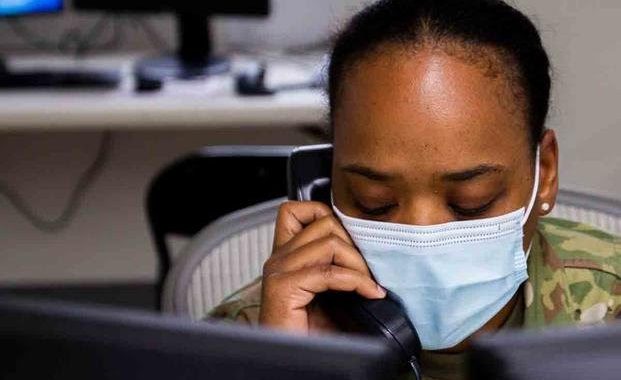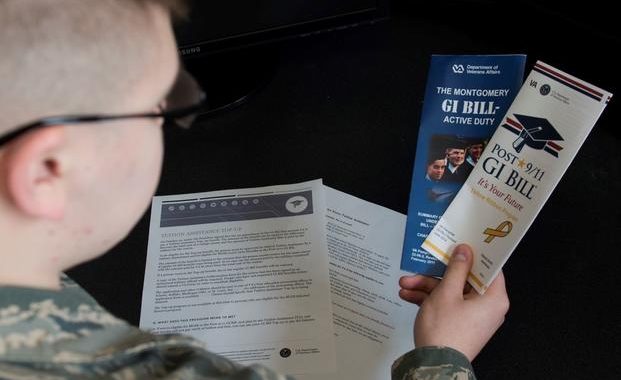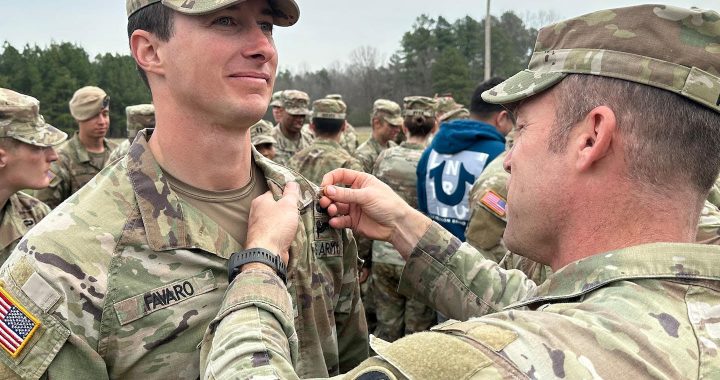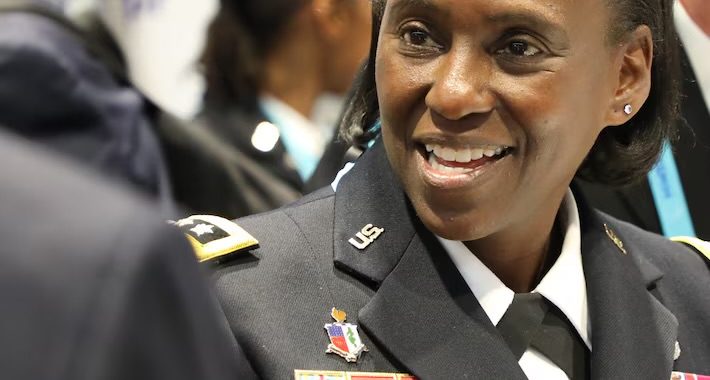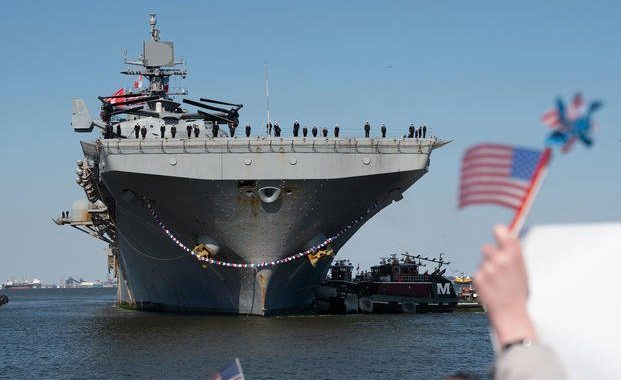Welcome to Camp Pendleton: Field Medical Training Battalion – West
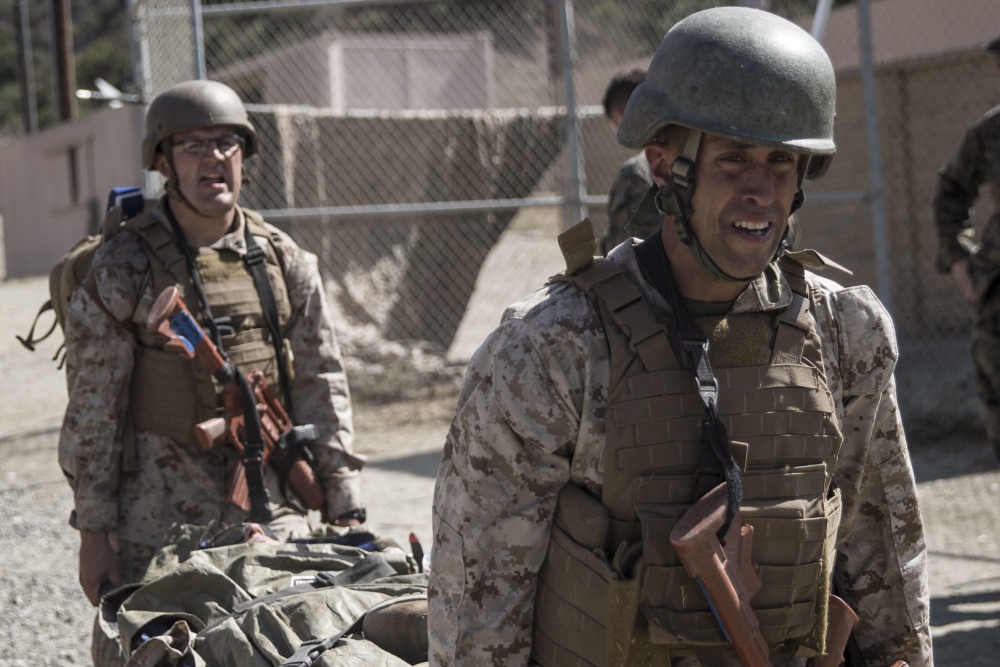
CAMP PENDLETON, CA, UNITED STATES
Story by Lance Cpl. Drake Nickels
Marine Corps Base Camp Pendleton
MARINE CORPS BASE CAMP PENDLETON, California – “An infantryman’s job is to deliver his enemies into the waiting hands of Death,” said Adam Fenner, an award winning author and Marine Corps veteran. “It is Doc’s job to protect his brothers from Death, to knock him aside and say, ‘Not today.’”
Fleet Marine Force Navy corpsmen are the medical personnel responsible for providing immediate medical care to garrison and forward-deployed Marines. Field Medical Training Battalion – West, Marine Corps Training Command, has been on Marine Corps Base Camp Pendleton since 1950, just a few years after the base’s opening in 1942. Since then, the personnel at FMTB have trained sailors to be the medical support for Marines on the battlefield and in garrison.
The battalion conducts four Field Medical Service Technician Courses and two Field Medical Service Officer Courses each year. Each year the course graduates over 700 sailors as FMF corpsmen and medical officers. The FMST course is an eight week long course that trains sailors to become medics in a field environment and the FSMO course is a two week long course designed to train medical department officers to serve with the Marine units and Navy mobile construction battalions.
Some of the field training conducted during the FMST course includes hikes, combat patrolling, gas chamber immersion, land navigation and various tactical combat casualty care scenarios. The students also conduct multiple physical fitness training sessions to ensure they are ready to train and operate in a Marine Corps unit.
One of the more challenging events is the initial 4-mile hike, because it is the first hike the sailors conduct while carrying a standard Marine Corps gear issue weighing approximately 60 pounds. The sailors have to complete the hike and then immediately afterwards explain the purpose and how to utilize the gear they were carrying.
“Each of these hikes condition them for our culminating 8-mile hike,” said U.S. Navy Chief Petty Officer Rosalind Thomas, the course chief of FMTB-West. “Whether their obstacles are physical or mental, we teach them to push through.”
While some of the training is team oriented, it is primarily an individual effort to test the endurance and mental capability of each student. When the students go through the gas chamber, they have to assemble the gas mask and then wear it while aerosolized o-chlorobenzylidene malonitrile gas fills the room. This raises their confidence level in operating the gas mask in a real world scenario.
“Individually they have to see what they have inside,” said U.S. Navy Petty Officer 1st Class Dennis Marin, the lead petty officer for FMTB-West. “Coming here is a reality check to the students, making them realize it requires both teamwork and individual effort to succeed.”
The instructors for the courses are a mix of both Navy personnel and Marines. Students are not only required to know their job and adhere to Naval traditions and customs, they also need to know the rank structure, common knowledge and history of the Marine Corps. Marines are stationed at FMTB as instructors so they can give the students fleet perspective from Marine mentors.
“I take it very seriously as a Marine to see them become FMF corpsman,” said U.S. Marine Sgt. Kalob Vaughn, an instructor with FMTB-West. “I want to ensure that when they are treating my brothers, my brothers won’t die because they failed at their training.”
The sailors are introduced early to preventive measures to help reduce casualties in a field environment such as dehydration, heat injuries, cold injuries and proper foot care. Then the sailors are taught in-depth field medical procedures such as tactical combat casualty care and care for blast related injuries.
“When they first get here their medicine is simple,” said Petty Officer 2nd Class Courtney Dion, an instructor with FMTB-West. “When you get to see them graduate and they understand how to treat a trauma patient and the importance of it, it’s a good feeling.”
At the end of their respective courses, the sailors and officers are ready to serve alongside their Marine brothers and sisters as some of the few Navy personnel authorized to wear Marine Corps uniforms.
“There’s nowhere in the world the Marine Corps goes without a ‘Doc’,” added Thomas. “So we have to uphold the honor of being FMF corpsmen.”

